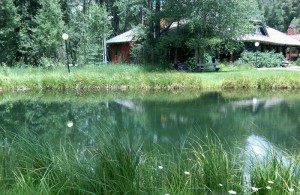Unless you’ve been hiding out in Nadia Sirota’s basement for the past couple of weeks you know that those nice “don’t be evil” folks at Google have launched a new social networking platform called Google+ that blows both Facebook and Twitter out of the water with one swell foop, IMHO. (Hey, Mark Zuckerberg’s sister just bailed out of F-book today so you know the panic has set in.)
Being the world’s oldest early adopter, I have been nose down in Google+ since day one and have used it more in two weeks than I’ve used Facebook in three years. Here’s why. You can organize your contacts in G+ in Circles so that you can slice and dice the incoming flow anyway you like. You can, for example, create a Circle called “Family” and put all the relatives you don’t really want to hear from but don’t want to offend into it, and never look at it again…ever. You can have an “Inner Circle” with just your real friends. You can have one for “People I Hope to Get Money From.” The point is that people know you are following them but they don’t know the Circle they are in and, thus, where they rank in your social hierarchy. There are many other great features, but the opportunity to avoid learning that a third cousin, twice removed, has bought a tractor in Farmville is what I love most.
But, as usual, I digress. I have a Circle called “Musicians” and from it I put together a list of 100 Mostly Nonpop Composers/Musicians on Google+ and posted it as an editable Google Doc so other composer/musicians/music types could add their names. Dennis Tobenski was kind enough to turn my doc into a sortable spreadsheet. You can find that amazing spreadsheet here.
If you need an invitation to Google+, send me an e-mail: sequenza21@gmail.com

